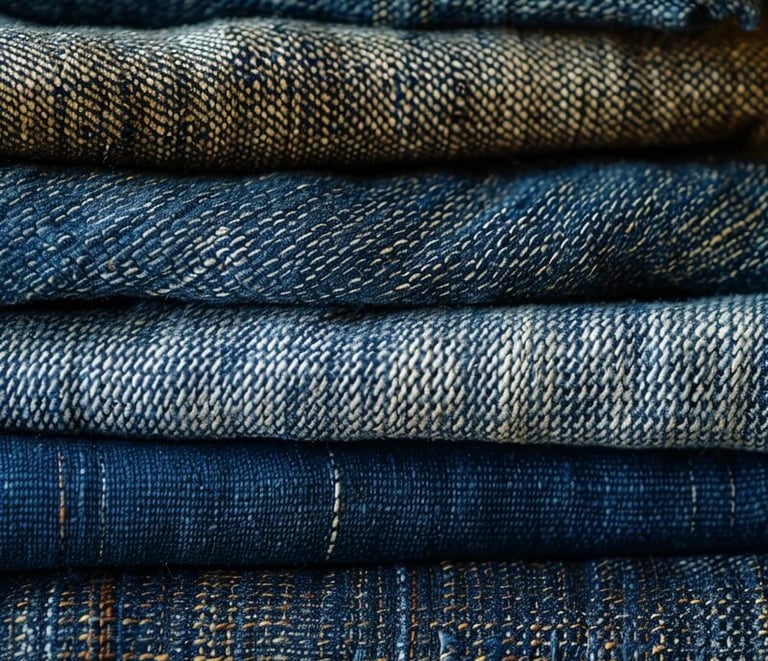

DENIM
Denim doesn't need frequent washing—just a few times each season is usually sufficient due to its durable fabric. Instead, spot-clean stains and air out between wears.
Turn denim inside out and wash on a gentle cycle at 30°C or below to help maintain the color. You can also use a detergent specifically designed for denim.
Avoid the tumble dryer, as heat can lead to shrinkage. Instead, hang the garment to dry—its natural weight will help smooth out wrinkles.
To repair a tear, hand-sew it from the inside by stitching across both directions of the rip. You can also repurpose old jeans into shorts by trimming and then rolling and stitching the hems to hide frayed edges.
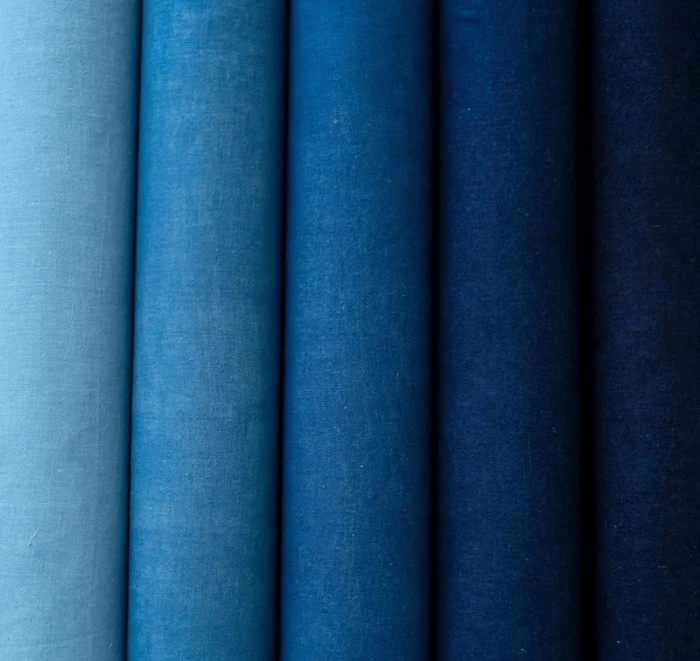

COTTON
Cotton can be either hand-washed or machine washed at 30°C. For delicate items, place them in a mesh laundry bag to avoid damage or tangling during the wash.
Treat stains before washing by applying a stain remover. When dealing with darker fabrics, test the remover on a hidden area first to ensure it doesn't affect the colour.
Air-dry cotton garments instead of using a tumble dryer, as high heat can lead to shrinkage—and it’s more energy efficient too.
To fix small holes, turn the fabric inside out and use a needle to gently pull surrounding threads over the tear. Alternatively, use iron-on fusible interfacing to reinforce and mask the damaged area.
LINEN
Try not to wash linen too often—air it out between wears instead. If needed, use a gentle machine cycle at 30°C to preserve the fabric’s integrity and colour. When hand-washing, opt for lukewarm water.
Let linen air-dry naturally, but keep it out of direct sunlight to prevent fading. Hanging it in a steamy bathroom can help ease out wrinkles.
Steer clear of thin wire hangers or clips, as they can leave marks or distort the garment’s shape.
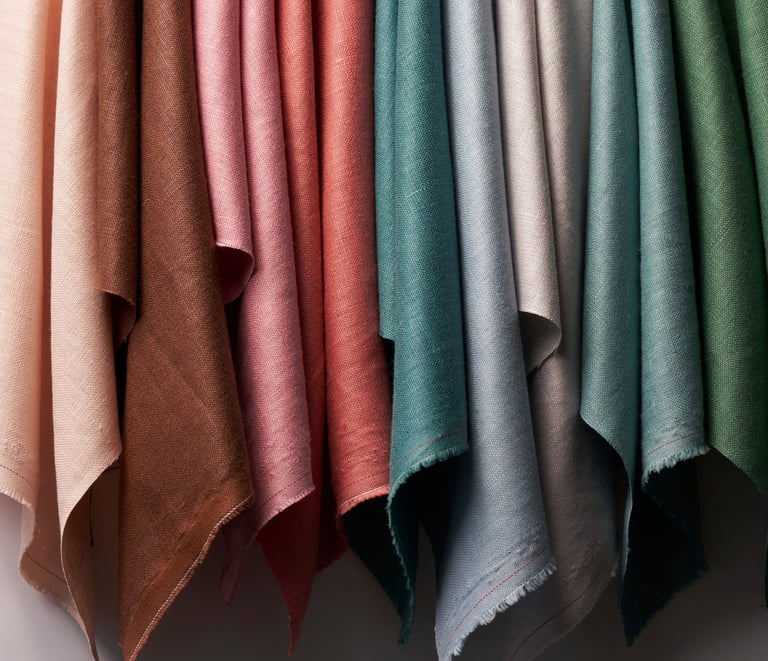

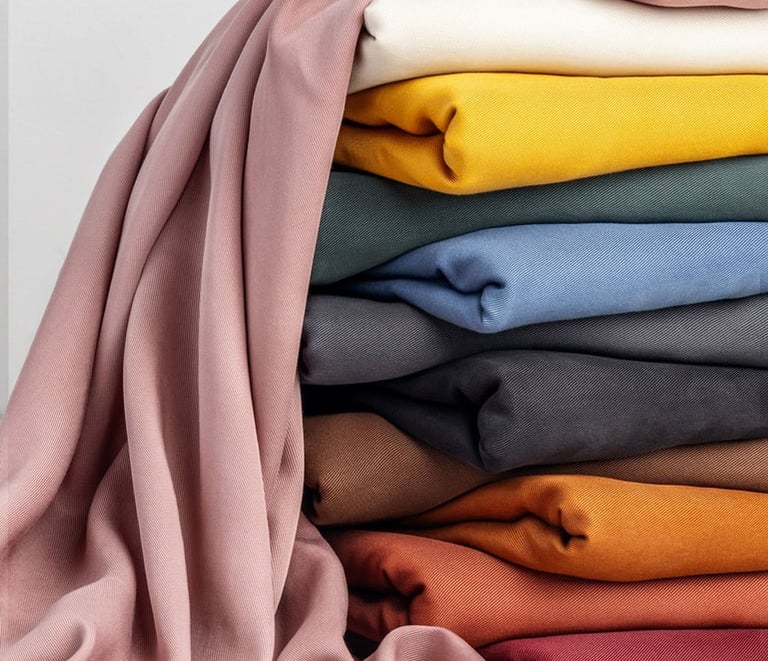

VISCOSE
Viscose is a delicate fabric that can weaken when wet. Hand-washing in cold or lukewarm water is best. If machine washing, use a gentle cycle at 30°C or lower, and place the garment in a mesh laundry bag to protect it.
Never twist or wring viscose, as this can damage the fibers. Gently squeeze out excess water or roll the garment in a towel to absorb moisture.
Lay viscose items flat on a clean, dry towel to air-dry. Avoid hanging while wet, as the fabric may stretch out of shape. Keep it out of direct sunlight to prevent fading.
Viscose wrinkles easily. Iron on the reverse side while the fabric is still slightly damp, using a low to medium heat setting. Use a pressing cloth to avoid shine or scorching.
Avoid heavy friction or rough handling, as viscose can snag or pill. Store folded rather than hung to maintain its shape.
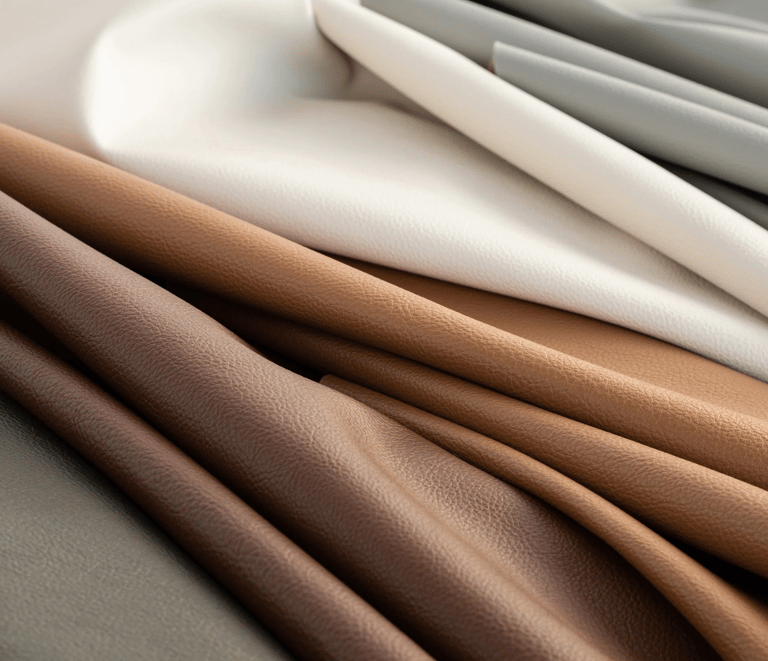

LEATHER
Gently wipe leather with a damp cloth to remove surface dirt. Apply a dedicated leather conditioner or balm to nourish the material and maintain its softness.
Allow leather items to air out between wears by hanging them in a well-ventilated area, away from direct sunlight to prevent fading or drying.
SUEDE
Make sure the item is fully dry before cleaning. Use a suede brush or a lightly damp cloth to gently remove surface dirt, brushing in the direction of the suede’s natural grain with light pressure.
For more stubborn stains, it’s best to consult a professional cleaning service.
Keep the item stored away from direct sunlight and sources of heat like radiators, which can dry out and damage the material.
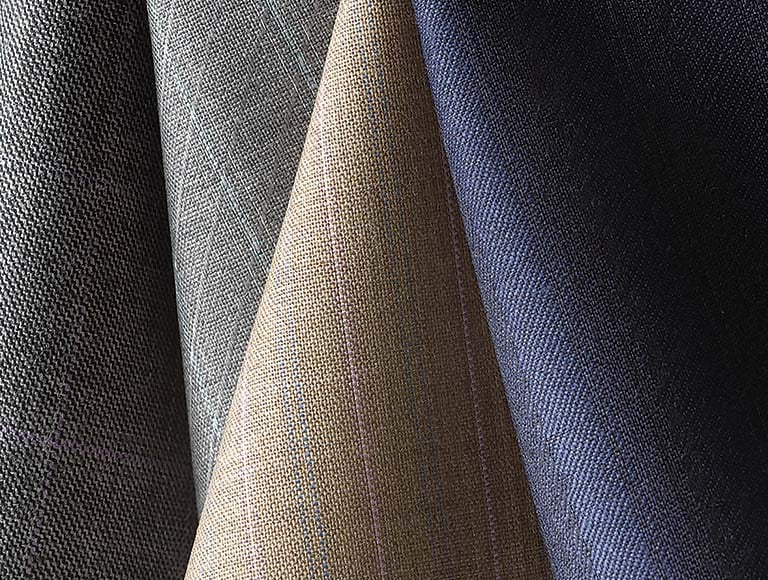

WOOL
Try not to wash linen too often—air it out between wears instead. If needed, use a gentle machine cycle at 30°C to preserve the fabric’s integrity and colour. When hand-washing, opt for lukewarm water.
Let linen air-dry naturally, but keep it out of direct sunlight to prevent fading. Hanging it in a steamy bathroom can help ease out wrinkles.
Steer clear of thin wire hangers or clips, as they can leave marks or distort the garment’s shape.
